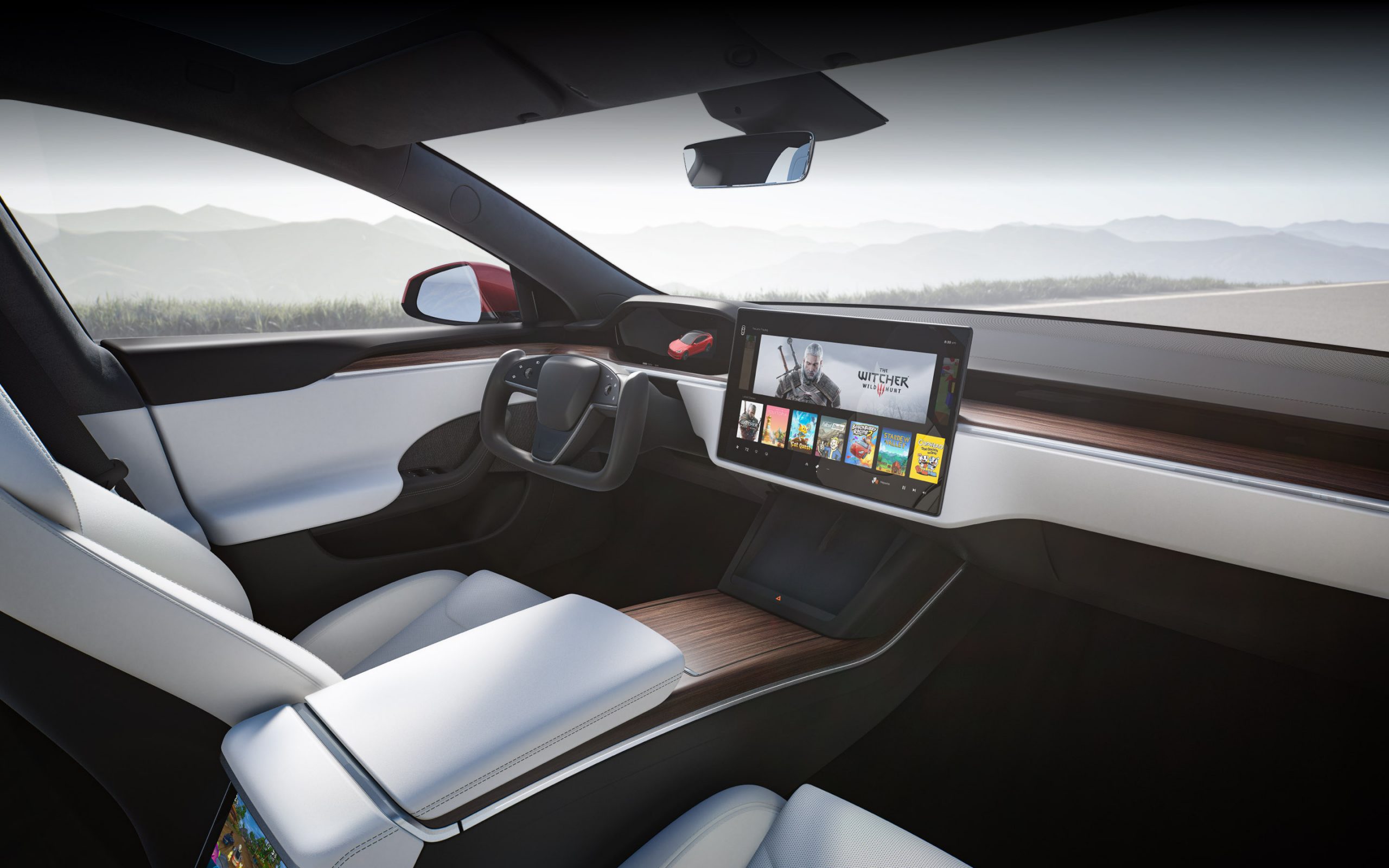Tesla Settles Lawsuit Against Ex Staffer Over Source Code

Tesla settles lawsuit against former employee who allegedly copied source code the Autopilot, before leaving to join rival
Tesla has reportedly settled a lawsuit against a former employee named as Cao Guangzhi, who worked at Tesla for two years.
According to Reuters, just before Guangzhi left Tesla, he allegedly copied the source code of the Autopilot driving systems in January 2019, before joining XMotors, the US unit of Chinese self-driving car startup Xpeng.
This is not the first time that Tesla has been embroiled in industrial espionage incidents. In August last year, Elon Musk said Tesla had targetted in a ‘serious attack’ by a Russian hacker who attempted to bribe an employee to install ransomware on Tesla’s network.

Lawsuit settlement
But that employee who had been approached told the company, and US authorities then arrested and charged a Russian national, Egor Igorevich Kriuchkov, who was accused of conspiring to breach the network and introduce malware to compromise the company’s networks.
Last month Kriuchkov pleaded guilty to plotting to extort money from Tesla., by offering an employee $1m (£721,000) to place ransomware in the computer network of the company’s battery plant in Nevada.
But this copying of the Autopilot source case predates that case.
Reuters reported that terms of Tesla’s settlement with Cao were not disclosed, but one detail did emerge, in that the settlement included a monetary payment made by Cao to Tesla.
Tesla did not immediately respond to a Reuters request for comment.
A statement to Reuters on behalf of Cao from his legal representative reportedly confirmed the settlement and said Cao had never accessed any Tesla data after he left Tesla, or provided Tesla information to XMotors or anyone else.
Cao later left XMotors, the company told Reuters in a statement on Friday.
Xmotors meanwhile was not a party in the case, and it said it respected intellectual property rights and relied on its in-house developed proprietary R&D and intellectual property.
Tesla Autopilot
It should be remembered that Tesla’s Autopilot is a driver assistance system that handles some driving tasks and allows drivers to take their hands off the steering wheel.
However Tesla emphasises it still requires driver supervision and does not make the vehicle autonomous.
Last September, a Tesla driver in Canada was charged after police found the Canadian driver and his passenger sleeping in fully reclined seats, whilst the Tesla drove along a highway in autonomous mode at speeds of more than 140kph (86mph).
There was some suggestion that the driver could not have been sleeping, as the driver is required to toggle the wheel or make other adjustments every 20 seconds.
But it was reported that the driver got around this by attaching a weight to the steering wheel to trick the car’s systems.